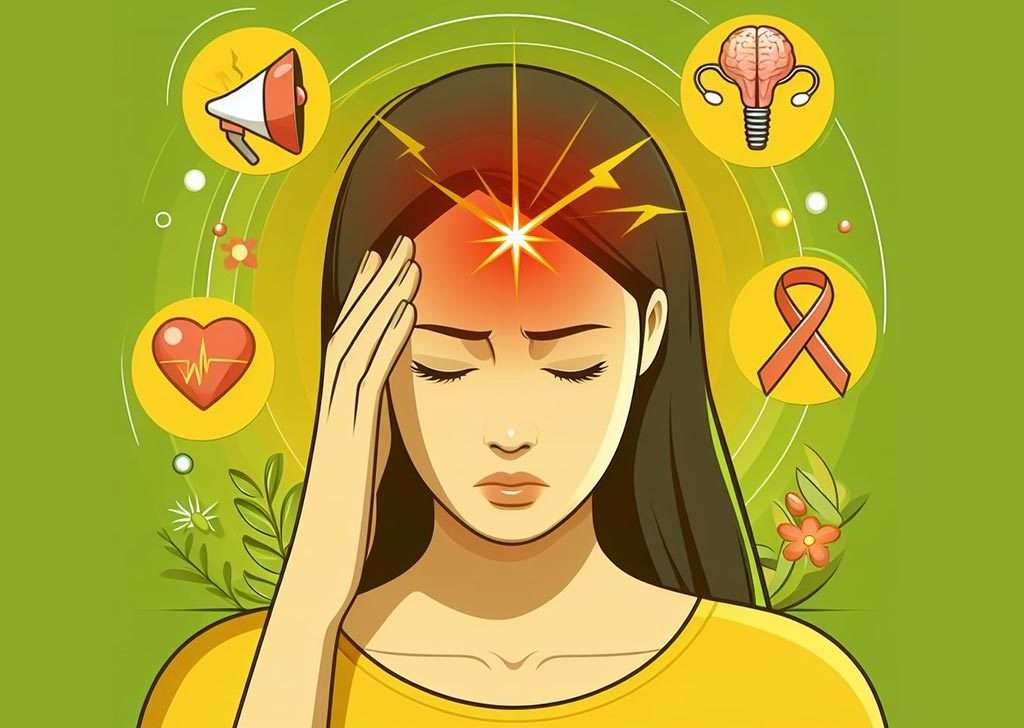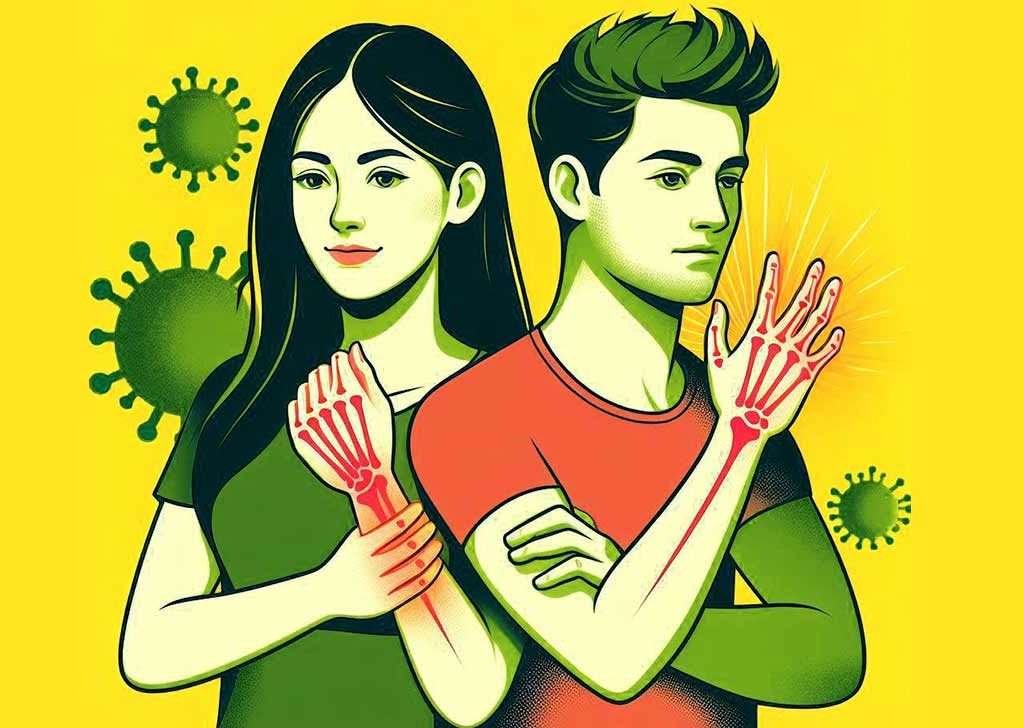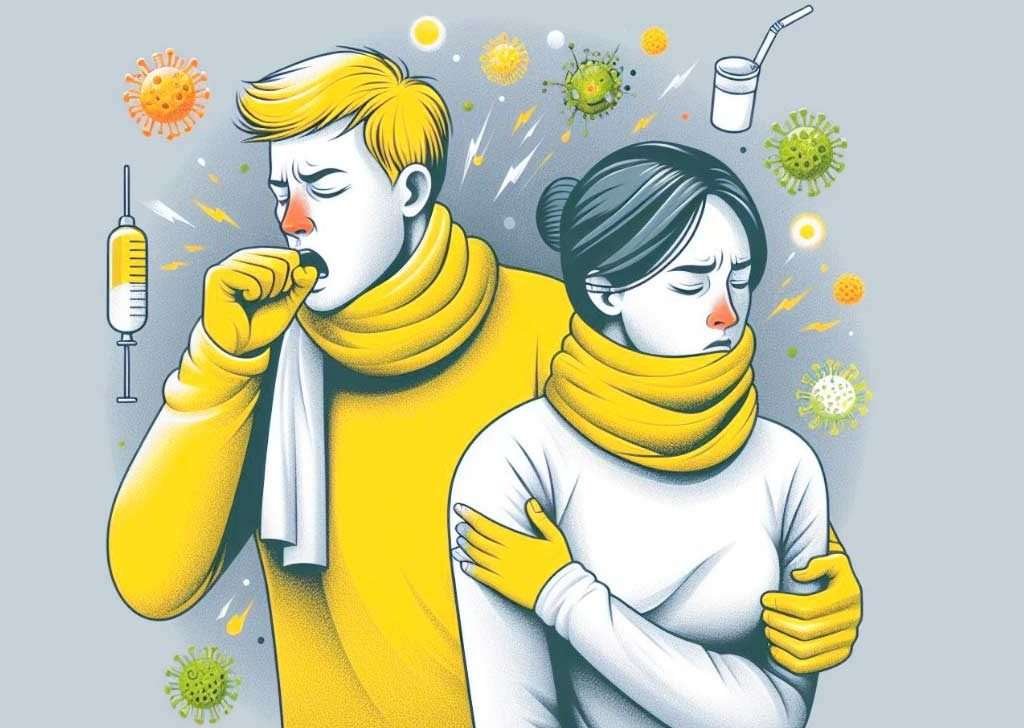Migraines are debilitating neurological conditions that affect millions worldwide, characterized by severe throbbing pain, often accompanied by nausea, vomiting, and extreme sensitivity to light and sound. When standard medications fail to provide relief, healthcare providers may turn to what’s commonly known as a “migraine cocktail”—a customized combination of medications designed to tackle severe migraine attacks. This comprehensive guide explores what migraine cocktails are, their components, effectiveness, and when they should be considered as a treatment option.
What Is a Migraine Cocktail?
A migraine cocktail is not a beverage but rather a specialized combination of medications administered to treat severe migraine attacks that haven’t responded to typical treatments or over-the-counter (OTC) medications American Migraine Foundation1. It’s particularly useful for migraines that persist beyond 72 hours, a condition known as status migrainosus.
These cocktails can be administered in various settings: emergency departments, urgent care facilities, outpatient infusion centers, or even at home with milder versions. The composition varies based on individual patient needs and the severity of the migraine attack.
Dr. Rebecca Robblee, a headache specialist at Barrow Neurological Institute, notes that while the term “migraine cocktail” is widely used, it’s important for patients and providers to track the exact medications used and their effectiveness American Migraine Foundation.

Components of a Migraine Cocktail
The exact components of a migraine cocktail vary depending on the medical setting and individual patient needs. However, several medication classes are commonly included:
1. Nonsteroidal Anti-Inflammatory Drugs (NSAIDs)
NSAIDs are often the foundation of migraine treatment due to their anti-inflammatory properties.
- Ketorolac (Toradol): Commonly used in emergency settings, typically administered intravenously at doses of 30-60 mg.
- Effectiveness: Studies show ketorolac can decrease mean pain ratings by approximately 80% at 2 hours PMC2.
- Other NSAIDs: Ibuprofen, naproxen sodium, diclofenac, and aspirin are also effective, particularly when taken early in a migraine attack American Migraine Foundation3.
NSAIDs work best when taken early in the migraine attack. Studies comparing them to triptans show they perform nearly as well in many cases American Migraine Foundation3.
2. Antiemetics (Anti-Nausea Medications)
These medications help control the nausea and vomiting often associated with migraines and can improve the absorption of other medications.
- Prochlorperazine: Administered at 10 mg IV/IM, with studies showing up to 90% of patients achieving complete or partial relief PMC2.
- Metoclopramide: Effective in 34-46% of patients within 30-60 minutes PMC2.
- Chlorpromazine: Shows approximately 83% effectiveness at 1 hour in controlled trials PMC2.
3. Diphenhydramine (Benadryl)
Often added to reduce the risk of side effects from other medications, particularly the extrapyramidal side effects (muscle movements, restlessness) associated with antiemetics Medical News Today4.
4. Triptans
These medications act on serotonin receptors to narrow blood vessels and reduce inflammation.
- Sumatriptan: The most widely used triptan, administered subcutaneously at 6 mg.
- Effectiveness: Up to 91% effective when used early in headache duration (less than 6 hours) PMC2.
- Other triptans: Almotriptan, eletriptan, frovatriptan, naratriptan, rizatriptan, and zolmitriptan are available in various formulations, including tablets, nasal sprays, and injectable forms Migraine Trust5.
5. Ergot Alkaloids
- Dihydroergotamine (DHE): Similar to triptans in action but may be more effective for prolonged migraines.
- Dosing: Typically administered at 0.5-1 mg IV or IM, potentially repeated up to a maximum of 3 mg in 24 hours.
- Effectiveness: Shows approximately 60% reduction in mean pain rating at 1 hour PMC2.
6. Corticosteroids
- Dexamethasone: Often included to prevent migraine recurrence after initial treatment.
- Research suggests: Adding dexamethasone may reduce the likelihood of headache recurrence within 72 hours after discharge Medical News Today4.
7. Intravenous Fluids
Hydration is a crucial component, especially for patients experiencing vomiting and consequent dehydration Healthline6.
8. Additional Medications
- Magnesium: May help with pain relief, particularly for migraines with aura.
- Valproic Acid (Depakote): Can be effective but has a less robust evidence base PMC2.
- Caffeine: Often included in OTC migraine cocktails to enhance the effectiveness of analgesics NCBI7.
Over-the-Counter Migraine Cocktail
For milder migraines, an OTC migraine cocktail typically contains:
- Aspirin (250 mg): Reduces inflammation and pain
- Acetaminophen (250 mg): Provides additional pain relief
- Caffeine (65 mg): Enhances the effectiveness of the analgesics and can help with absorption Medical News Today4
This combination has proven effective for many individuals with mild to moderate migraines and may be a good first-line treatment before seeking medical intervention Healthline6.
How Migraine Cocktails Work
Migraine cocktails work by addressing multiple aspects of migraine simultaneously:
- Pain Reduction: NSAIDs and acetaminophen target the inflammatory processes and pain pathways activated during a migraine.
- Vasoconstriction: Triptans and ergot alkaloids help narrow the blood vessels that dilate during a migraine attack, relieving pressure and pain.
- Nausea Control: Antiemetics address the gastrointestinal symptoms common during migraine attacks.
- Hydration Restoration: IV fluids replenish fluid loss due to vomiting or decreased oral intake during an attack.
- Preventing Recurrence: Corticosteroids like dexamethasone may help reduce the likelihood of the migraine returning after initial treatment.
The effectiveness of this multi-pronged approach explains why migraine cocktails often succeed when single medications fail Medical News Today4.
When to Consider a Migraine Cocktail
A migraine cocktail should be considered in the following scenarios:
- Unresponsive Migraine: When typical medications or OTC treatments aren’t providing relief.
- Status Migrainosus: For migraines lasting longer than 72 hours.
- Severe Symptoms: When migraine is accompanied by severe nausea, vomiting, and dehydration.
- Emergency Situations: When the pain is debilitating and immediate intervention is needed Healthline6.
Dr. Elizabeth Loder of Brigham and Women’s Hospital suggests that migraine cocktails are particularly useful for breaking the cycle of severe, prolonged migraines that don’t respond to standard treatments.
Effectiveness of Migraine Cocktails
The effectiveness of migraine cocktails varies based on the specific medications used and individual patient factors. However, research provides some insights:
- Dopamine Antagonists (like prochlorperazine): Up to 90% of patients experience partial or complete relief.
- Subcutaneous Sumatriptan: Effective in 75-91% of cases, particularly when administered early.
- NSAIDs like Ketorolac: Show approximately 80% reduction in pain ratings at 2 hours.
- DHE: Provides about 60% reduction in pain at 1 hour PMC2.
It’s important to note that these success rates come from controlled studies and real-world results may vary. Additionally, individual responses to different components can vary significantly, which is why personalization of the cocktail is crucial.
Potential Side Effects
The side effects of a migraine cocktail depend on its specific components. Common side effects include:
NSAIDs
- Gastrointestinal irritation, heartburn, diarrhea
- Potential kidney or liver impairment with long-term use
- Increased risk of cardiovascular events American Migraine Foundation3
Triptans
- Fatigue
- Muscle or chest tightness
- Jaw pain
- Dizziness Healthline6
Antiemetics
- Muscle tics
- Tremors
- Restlessness
- Drowsiness Healthline6
Corticosteroids
- Nausea
- Dizziness
- Sleep disturbances
- Mood changes Medical News Today4
Diphenhydramine
- Drowsiness
- Dry mouth
- Blurred vision
- Constipation Medical News Today4
Patients should always inform healthcare providers of any allergies, current medications, and health conditions before receiving a migraine cocktail to avoid potential adverse interactions.
The Role of Caffeine in Migraine Treatment
Caffeine plays a dual role in migraine management—it can be both a treatment and a trigger, depending on usage patterns.
Benefits of Caffeine:
- Enhances Analgesic Effects: When combined with pain relievers, caffeine can increase their effectiveness by 40%.
- Improves Absorption: Caffeine enhances the absorption of other medications.
- Vasoconstriction: May help counter the vasodilation associated with migraine pain NCBI7.
Potential Issues:
- Withdrawal Headaches: Sudden cessation of regular caffeine consumption can trigger migraines.
- Increased Frequency: For some individuals, excessive caffeine (>200 mg daily) may increase migraine frequency.
- Chronification Risk: Long-term heavy caffeine use may contribute to the transformation of episodic migraines into chronic migraines NCBI7.
Recommendations suggest maintaining consistent, moderate caffeine intake (less than 200 mg daily) to minimize these risks while potentially benefiting from its therapeutic effects.
Migraine Cocktails for Children
Pediatric migraine treatment requires special consideration. While the “migraine cocktail” concept applies to children as well, dosages and medication choices differ:
- NSAIDs: Remain a first-line treatment, with evidence suggesting equal efficacy to triptans in some pediatric studies.
- Triptans: Sumatriptan nasal spray has shown positive results in randomized controlled trials for children.
- Acetaminophen: Often used as a safer alternative for children with certain conditions.
- Antiemetics: Used cautiously with careful monitoring for side effects Pediatric EM Morsels8.
A study presented at the American Academy of Neurology found that migraine cocktails helped reduce pain scores and hospital admission rates in pediatric emergency departments Neurology9.
Emergency Room vs. At-Home Migraine Treatment
Emergency Room Protocol:
A typical ER migraine cocktail protocol might include:
- IV fluid bolus (typically 1L of normal saline)
- 10 mg of IV prochlorperazine
- 25 mg of IV diphenhydramine
- 30 mg of IV ketorolac
- 10 mg of IV dexamethasone PMC10
The exact protocol varies by facility and is tailored to individual patients.
At-Home Options:
While less potent than ER treatments, at-home migraine cocktails can include:
- OTC combinations of aspirin (250 mg), acetaminophen (250 mg), and caffeine (65 mg)
- Prescribed rescue medications like oral triptans combined with NSAIDs
- Antiemetics for nausea
- Strict adherence to hydration and rest Medical News Today4
Dr. Andrew Charles, Director of the UCLA Goldberg Migraine Program, recommends that patients work with their healthcare providers to develop a personalized rescue plan for severe migraines that can be implemented at home before resorting to emergency care.
New Developments in Migraine Treatment
Recent advances have expanded the migraine treatment landscape:
Gepants:
A newer class of medications targeting calcitonin gene-related peptide (CGRP) receptors:
- Rimegepant (Vydura): Approved for acute treatment
- Advantages: Better tolerated than triptans by many patients, especially those with cardiovascular contraindications
- Effectiveness: While triptans remain more effective in direct comparisons, gepants offer fewer adverse events Migraine Trust5
Ditans:
- Lasmiditan (Reyvow): Approved for acute treatment of migraine with or without aura
- Mechanism: Works on 5-HT1F receptors without causing vasoconstriction
- Best For: Patients with cardiovascular contraindications to triptans Mayo Clinic11
Neuromodulation Devices:
Non-pharmaceutical approaches including:
- Transcranial magnetic stimulation
- Vagus nerve stimulation
- Supraorbital transcutaneous stimulation
These options provide alternatives for patients who cannot tolerate or don’t respond to medication-based treatments.
When to Seek Medical Help
While migraine cocktails can be effective, knowing when to seek professional medical help is crucial:
Go to the Emergency Room if:
- Your migraine is the “worst headache of your life”
- You experience fever, stiff neck, confusion, or seizures
- You have vision loss, weakness, or trouble speaking
- Your migraine follows a head injury
- You have severe vomiting and dehydration WebMD12
Consult a Healthcare Provider if:
- Your migraines are becoming more frequent (more than once weekly)
- Your treatments are no longer effective
- You’re using acute medications more than 10-15 days per month
- Migraines significantly interfere with your daily activities American Migraine Foundation13
Preventing Medication Overuse Headache
A critical consideration with any migraine treatment is avoiding medication overuse headache (MOH), a condition where frequent use of pain relief medications actually increases headache frequency:
- Limit acute treatments: Use acute medications (including migraine cocktails) less than 10-15 days per month.
- Track usage: Keep a headache diary to monitor medication use frequency.
- Consider preventive treatment: If you need acute treatment frequently, discuss preventive options with your healthcare provider Migraine Trust5.
Preventive Strategies for Migraine
For those experiencing frequent migraines, preventive treatments may reduce the need for acute interventions:
Medication Options:
- Beta-blockers: Propranolol, metoprolol
- Antiepileptic drugs: Topiramate, valproate
- Calcium channel blockers: Flunarizine
- CGRP monoclonal antibodies: Erenumab, galcanezumab, fremanezumab
- Botulinum toxin (Botox): For chronic migraine Migraine Trust14
Non-Medication Approaches:
- Regular sleep schedule
- Consistent meals
- Hydration
- Stress management
- Regular exercise
- Trigger avoidance
Combining preventive medications with lifestyle modifications often provides the best outcomes for chronic migraine sufferers.
Conclusion
Migraine cocktails represent a powerful approach to treating severe migraine attacks when standard treatments fail. By combining multiple medications that target different aspects of migraine pathophysiology, they can provide relief when single agents cannot.
However, they should be seen as part of a comprehensive migraine management plan that includes:
- Appropriate use of acute medications
- Preventive strategies when indicated
- Lifestyle modifications
- Regular consultation with healthcare providers
Understanding the components, benefits, and potential risks of migraine cocktails empowers patients to work with their healthcare providers to develop personalized treatment strategies that minimize suffering and maximize quality of life.
The field of migraine treatment continues to evolve, with new medications and approaches expanding the options available to the millions who suffer from this debilitating condition. Whether administered in an emergency room or adapted for home use, migraine cocktails remain an important tool in the migraine management arsenal.
References:
- https://americanmigrainefoundation.org/resource-library/migraine-cocktail/
- https://pmc.ncbi.nlm.nih.gov/articles/PMC3737484/
- https://americanmigrainefoundation.org/resource-library/nsaids-migraine/
- https://www.medicalnewstoday.com/articles/migraine-cocktail
- https://migrainetrust.org/live-with-migraine/healthcare/treatments/acute-medicines/
- https://www.healthline.com/health/migraine-cocktail
- https://pmc.ncbi.nlm.nih.gov/articles/PMC7468766/
- https://pedemmorsels.com/migraine-cocktail/
- https://www.neurology.org/doi/10.1212/WNL.94.15_supplement.972
- https://pmc.ncbi.nlm.nih.gov/articles/PMC3994811/
- https://www.mayoclinic.org/diseases-conditions/migraine-with-aura/diagnosis-treatment/drc-20352077
- https://www.webmd.com/migraines-headaches/migraine-emergency-room
- https://americanmigrainefoundation.org/resource-library/when-should-i-see-a-doctor-about-migraines/
- https://migrainetrust.org/live-with-migraine/healthcare/treatments/preventive-medicines/



